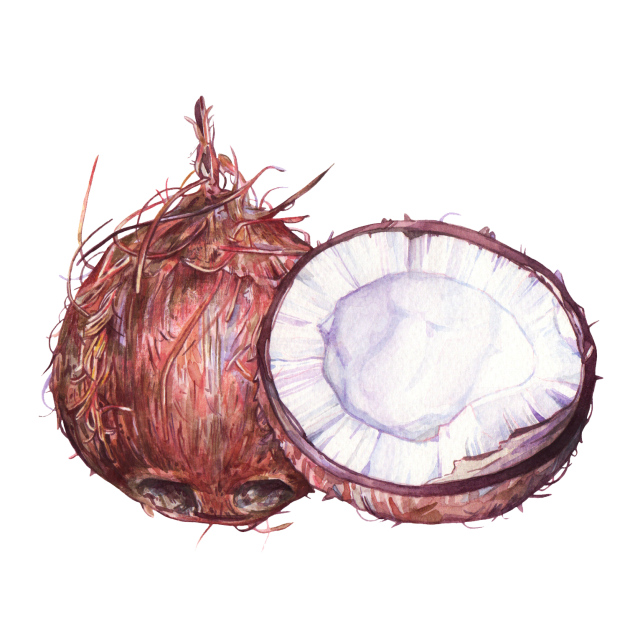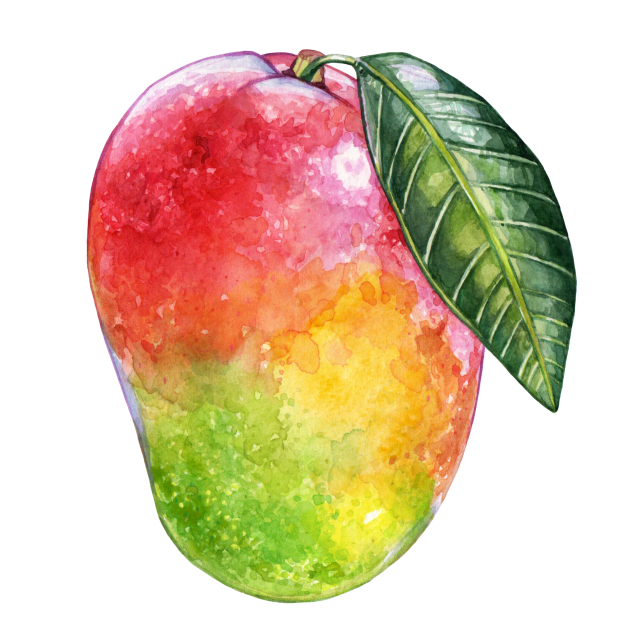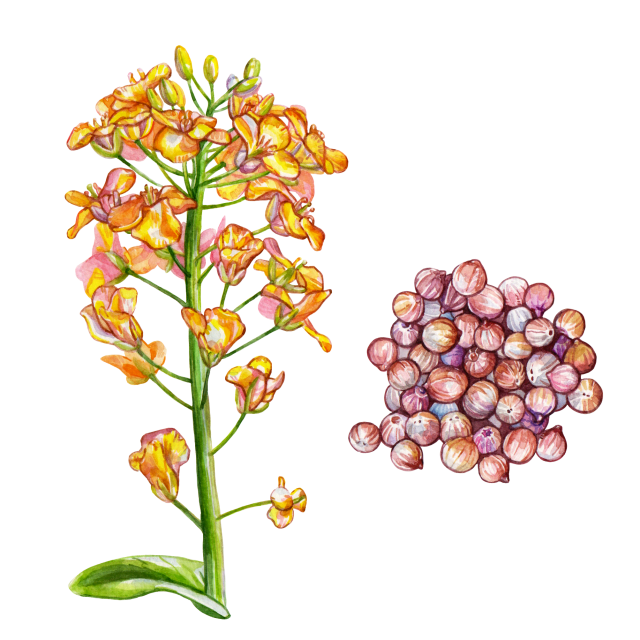
Mango Sasav

Mango Sasav
Description
Sweet and sour mangoes pair perfectly with mustard seeds, creating a piquant and flavorful curry, popular in the Konkan region of India. Mustard seeds are rich in selenium, which supports bone and teeth health. Mangoes provide essential vitamins and support immune function, while coconut milk adds minerals like manganese and copper, benefiting metabolism, heart health, and enzyme function.
NOTE
This dish can also be made with other fruits like pineapple for a delightful variation.
Ingredients
4 SERVES
- 4 to 6 small (1 kg) mangoes
- 1 tsp salt
- 8 dry Kashmiri or degi red chiles
- 1/4 tsp methi (fenugreek) seeds
- 4-6 (3 g) black peppercorns
- 2 Tbsp (30 g) mustard seeds
- 1 cup (60 g) fresh grated coconut
- 1 tsp turmeric powder
- 2 Tbsp coconut oil
- A pinch of hing (asafetida)
- 1 sprig curry leaves, stem removed
- 2 Tbsp tamarind pulp (optional)
- 2 Tbsp (30 g) jaggery (optional)
Directions
-
Step 1
Remove the stems or nubs from the top of the mangoes and peel them. Submerge the peels in 2 cups of water. Using your hands, squeeze and rub the mango peels in the water to extract as much juice and pulp from them as possible before removing. Compost the peels but save the water. -
Step 2
Put the mangoes in another bowl and sprinkle with salt. Taste the mangoes. If they are on the sour side, you can optionally sprinkle some jaggery powder over them as well. -
Step 3
In a pan over low heat, dry roast the red chiles, methi, and peppercorn, as well as about half of the mustard seeds until fragrant. Add these to your blender after removing the chile stems. Add the grated coconut and turmeric powder to your blender as well. Add a bit of the reserved mango water to the blender to help grind the ingredients into a thick, rough masala paste. -
Step 4
On medium heat, warm oil in a kadhai or wok. Add the rest of the mustard seeds and let them splutter, then add the hing. Add the curry leaves and stir until sizzling. Add the mangoes and let them brown and caramelize around the edges briefly before adding the masala paste. Add any juices from the bowl the mangoes were marinating in as well. -
Step 5
If your mangoes were on the sweeter side, add some tamarind pulp to taste as well. Pour in as much of the mango peel water as you like: more if you prefer a thinner gravy, and less if you would like a dry preparation. -
Step 6
Allow the mangoes to simmer uncovered for around 15 to 20 minutes, until they are soft and cooked through but not disintegrating. Taste and adjust salt, jaggery, or tamarind if needed before a final stir and taking it off the heat. Serve hot.
About the author
More by Eeshaan Kashyap

Aam Panna with Lemongrass
Try this recipe for a classic Indian green mango cooler with a herbaceous twist.

Aparajita Nice Cream
With no added sweetener, this naturally blue nice cream is a striking vegan dessert or a mood-lifting breakfast

Green Mango Rice
A super satisfying recipe for tangy, spiced, sour mango and cashew rice that you'd want to make again and again








